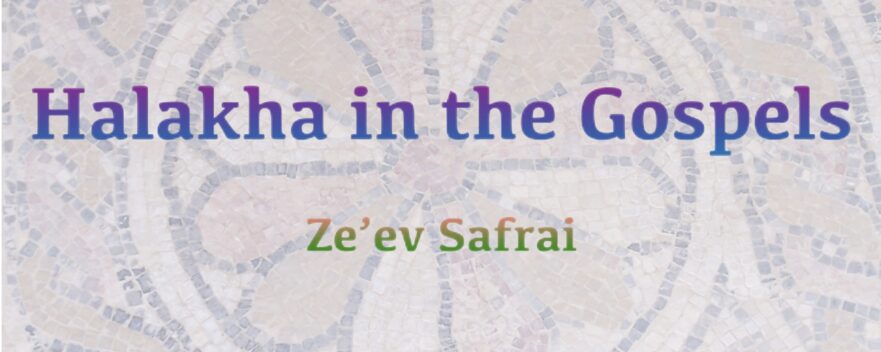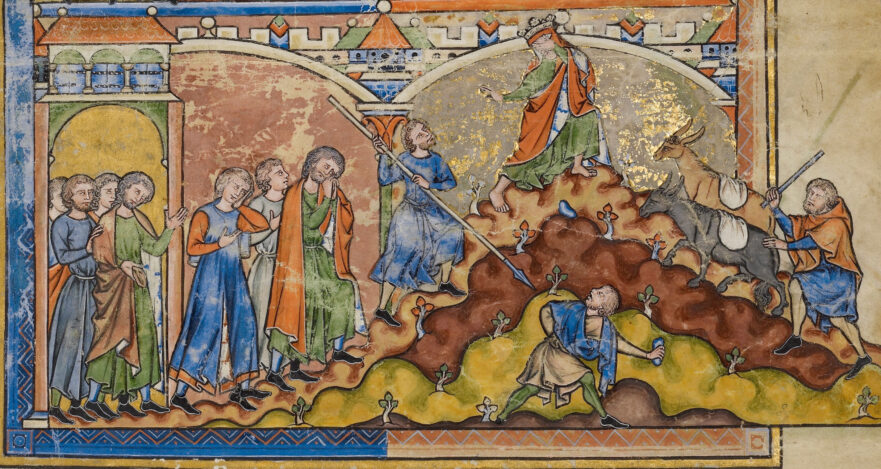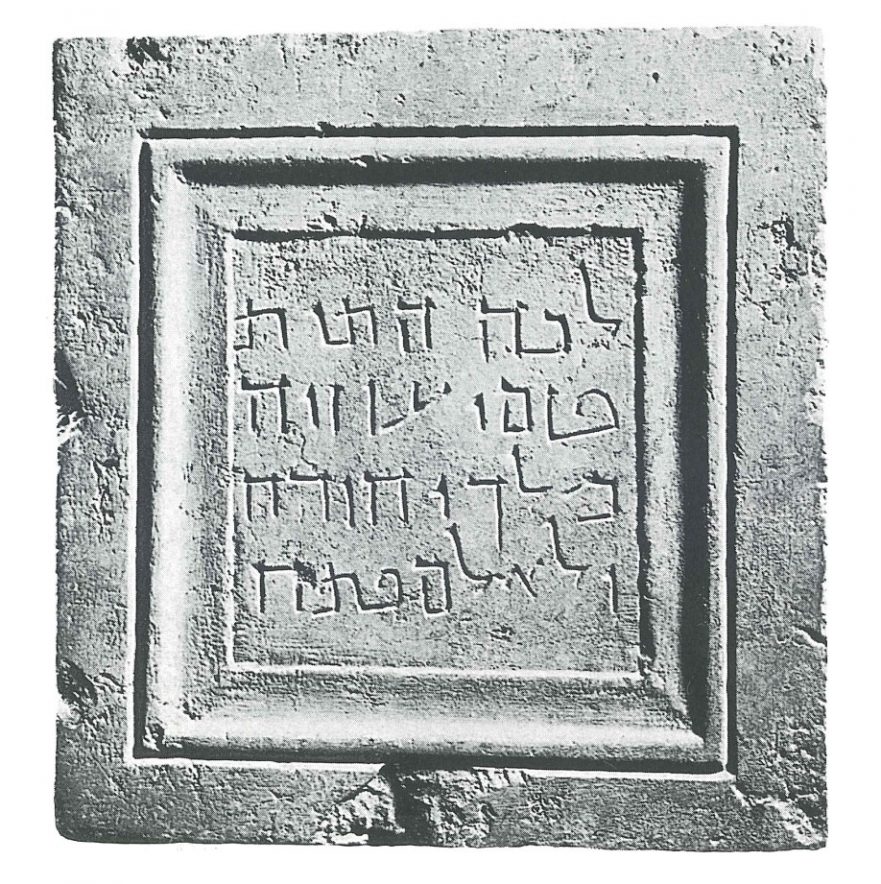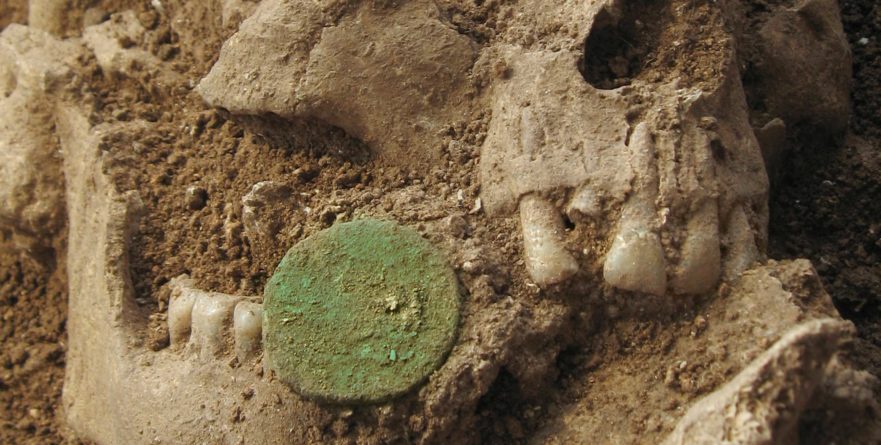The Gospels describe Jesus and his followers as keeping halakha to a relatively high extent; they were a group to whom the law was important.
Two Neglected Aspects of the Centurion’s Slave Pericope
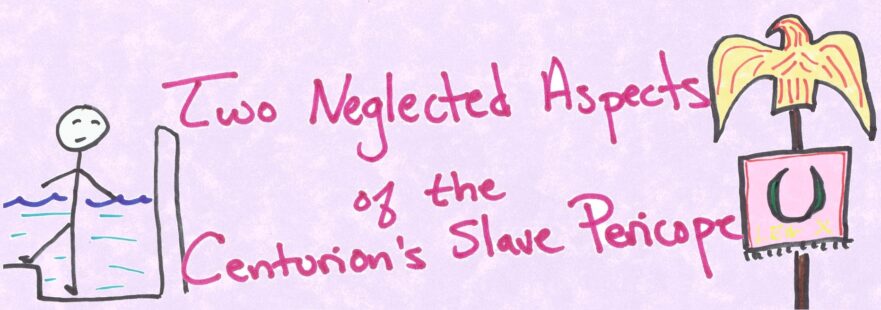
Ritual impurity and the tensions resulting from Roman imperialism are two aspects of the Centurion’s Slave pericope that often go overlooked.
Like Children Complaining
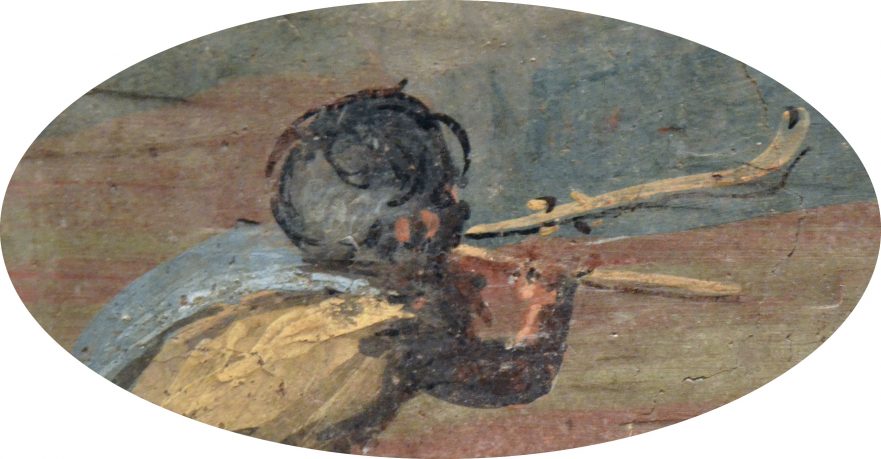
Were Jesus and John the Baptist like children who played a dance and a dirge? Or was Jesus’ generation one that complained like whining children about the prophets who came to warn it?
Was Jesus Buried in the Garden Tomb?
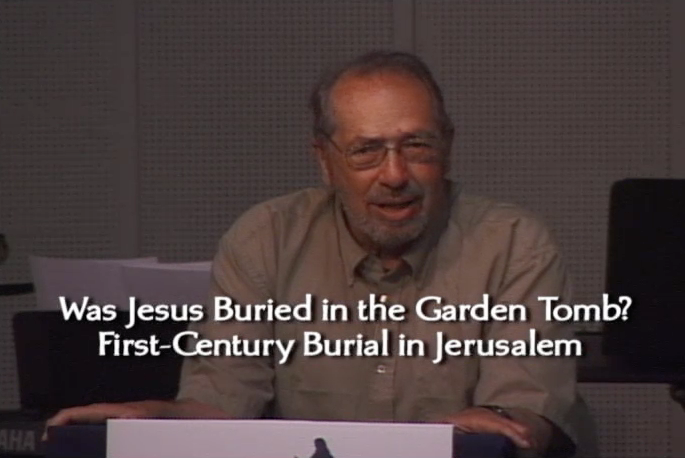
The complete 2006 lecture is now accessible to JP users. View now!
Video Clip: Gabriel Barkay on “Was Jesus Buried in the Garden Tomb?”
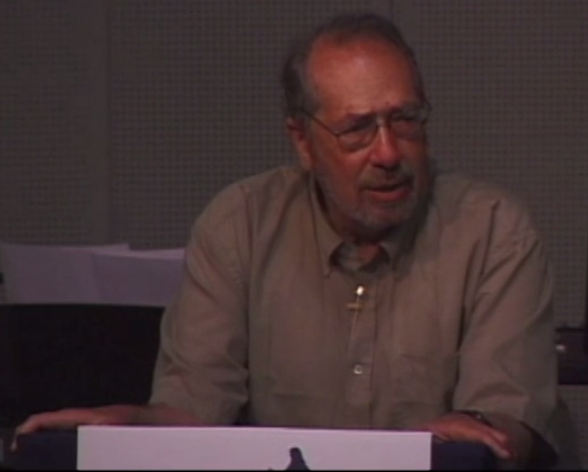
In this video Gabriel Barkay, world-renowned archaeologist of the Bar Ilan University, discusses burial customs in the first century, and what archaeology can tell us about the burial site of Jesus.
Not Everyone Can Be Yeshua’s Disciple
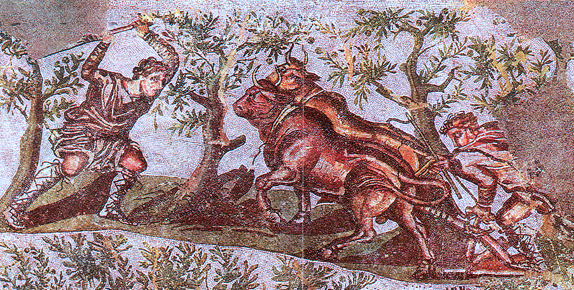
When three eager prospective disciples asked permission to follow Jesus, Jesus responded to each of them with a riddle. Why would God allow Jesus and his followers to sleep on the ground when he provides safe places even for the animals to sleep? How can the dead bury a corpse? Why would a disciple set his hand to a plow when Elisha had given up plowing in order to follow Elijah? These riddles would have to be puzzled over before their meaning was fully understood. But each of the riddles were ominous, and it appears that each of the three prospective disciples reconsidered his desire to join Jesus.
Widow’s Son in Nain
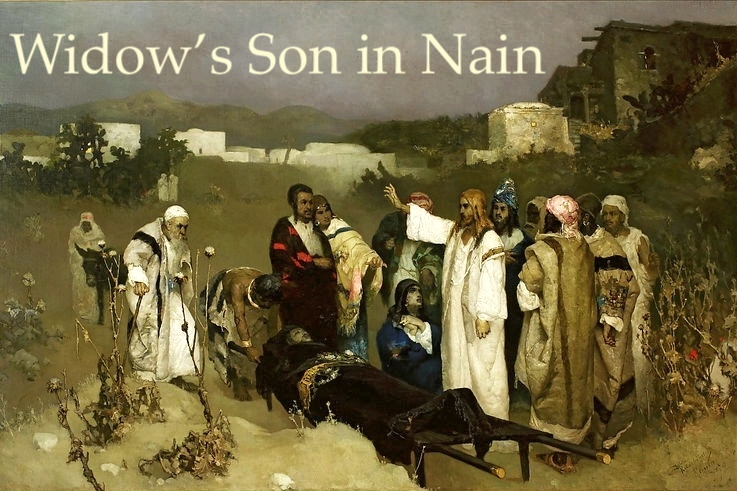
In Widow’s Son in Nain, David Bivin and Joshua N. Tilton ask “Which Nain was the town where Jesus raised the widow’s son?” and “What is the meaning of the people’s exclamation that a prophet had arisen among them?” The possibility of a Judean ministry early in Jesus’ career and of the messianic connotations of the Widow’s Son in Nain story are discussed in detail in this segment of the Life of Yeshua commentary.
A Response to Kilty and Elliott on the Talpiot Tomb
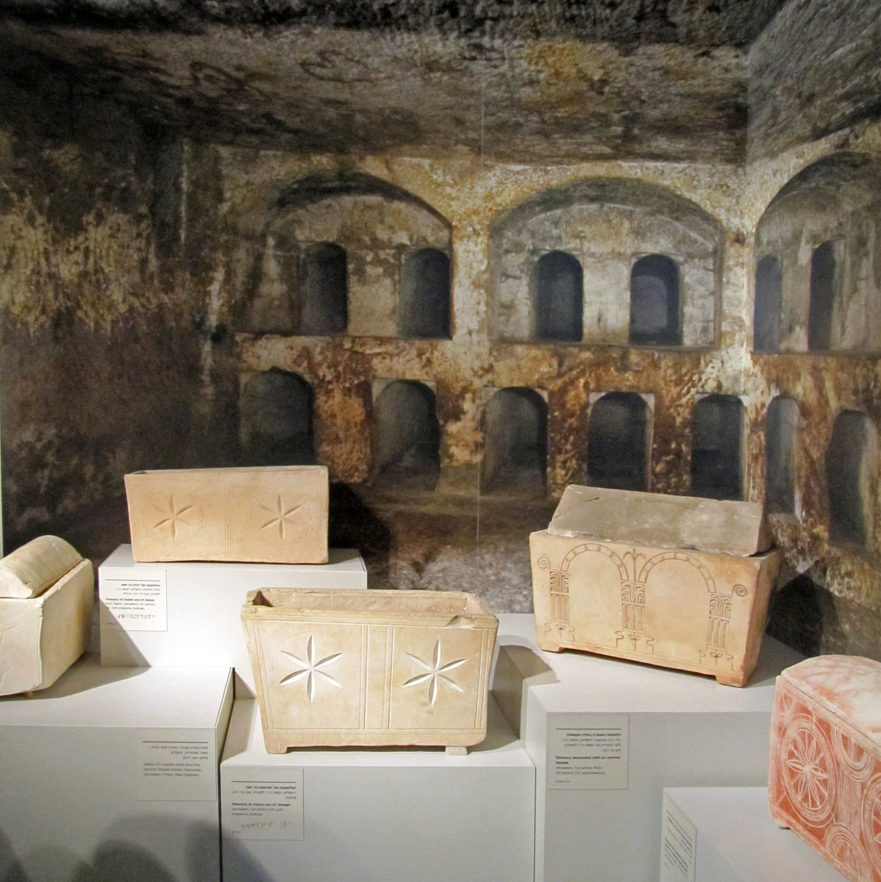
The calculations of Kevin Kilty and Mark Elliott have an after-the-fact particularity to them that belies their claim to be dealing with probabilities.
The Statistics behind “The Tomb”

Rather than being treated as liabilities to a statistical study, conjectured details are turned into historical givens and are even factored in as positive data. Consequently, most of the connections made in the documentary fall under the heading of “special pleading.”
James Tabor Responds to JP Review
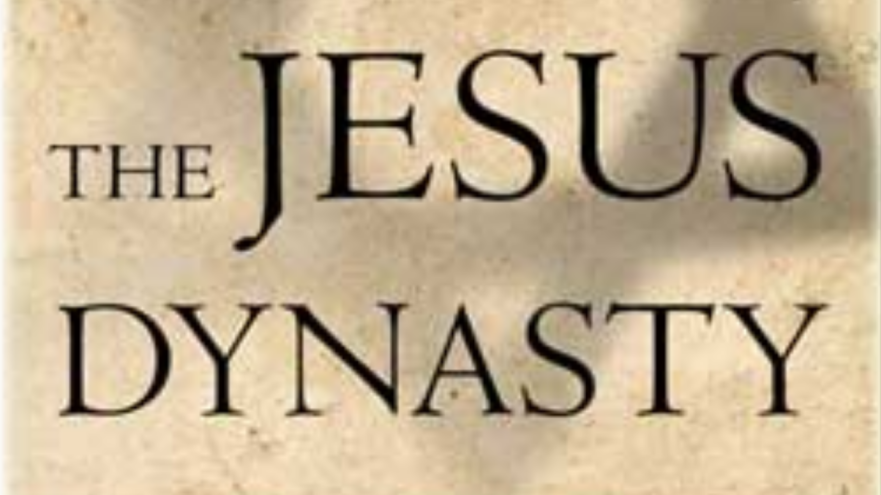
Poirier’s review on JP of Tabor’s recently published The Jesus Dynasty: The Hidden History of Jesus, His Royal Family, and the Birth of Christianity has caused a stir on the Internet
Jesus’ Folded Napkin (John 20:7): Is it significant that Jesus’ burial napkin was found in the empty tomb folded?
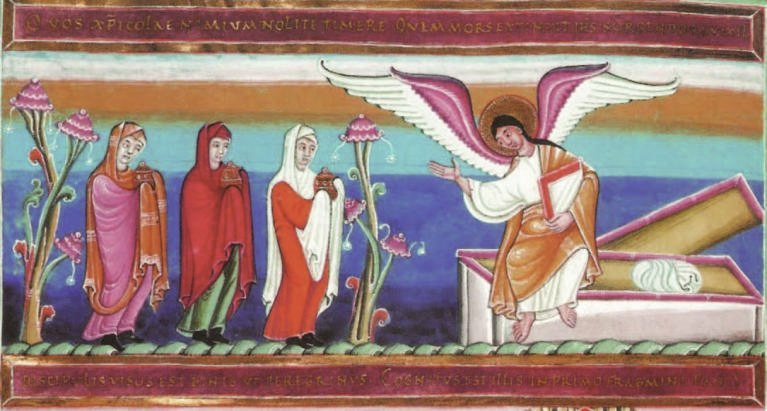
The false theory that the folded “napkin” in Jesus’ tomb has deep spiritual significance is a good opportunity for us to sharpen our critical thinking skills.
Jewish Laws of Purity in Jesus’ Day
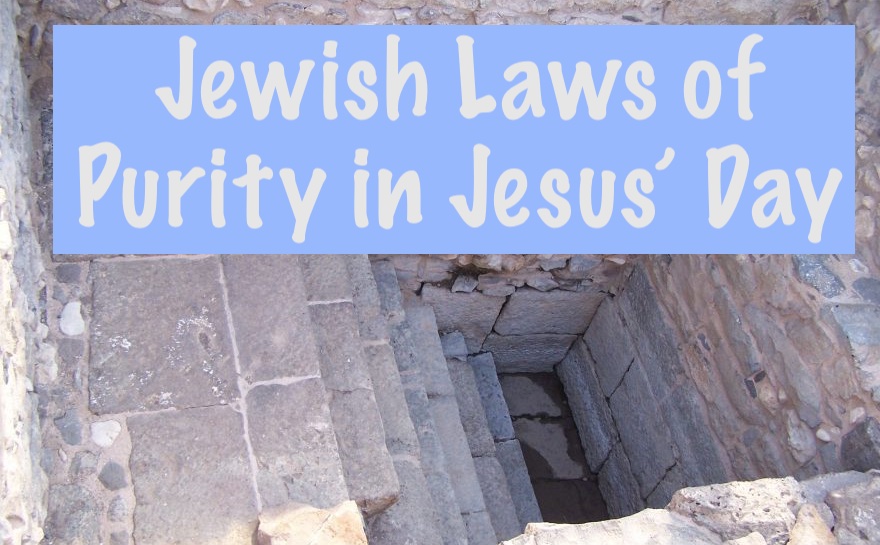
The sages were required to interpret the biblical commandments, including those dealing with ritual uncleanness of menstruants. Rabbinic regulations about impurity caused by menstruation form the background to several stories in the gospels.
Perspective on the Caiaphas Tomb
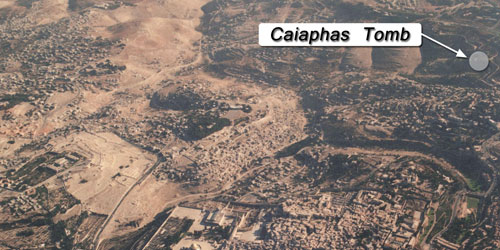
At the end of December 1990, one of the most significant New Testament-related archaeological discoveries ever made came to light in Jerusalem. Park construction workers accidentally exposed a Second Temple-period tomb, which archaeologist Zvi Greenhut of the Israel Antiquities Authority was called to excavate. Some of the ossuaries found in the tomb were inscribed with the name “Caiaphas,” and it soon became clear that this was a tomb belonging to the Caiaphas family.
Discovery of the Caiaphas Family Tomb
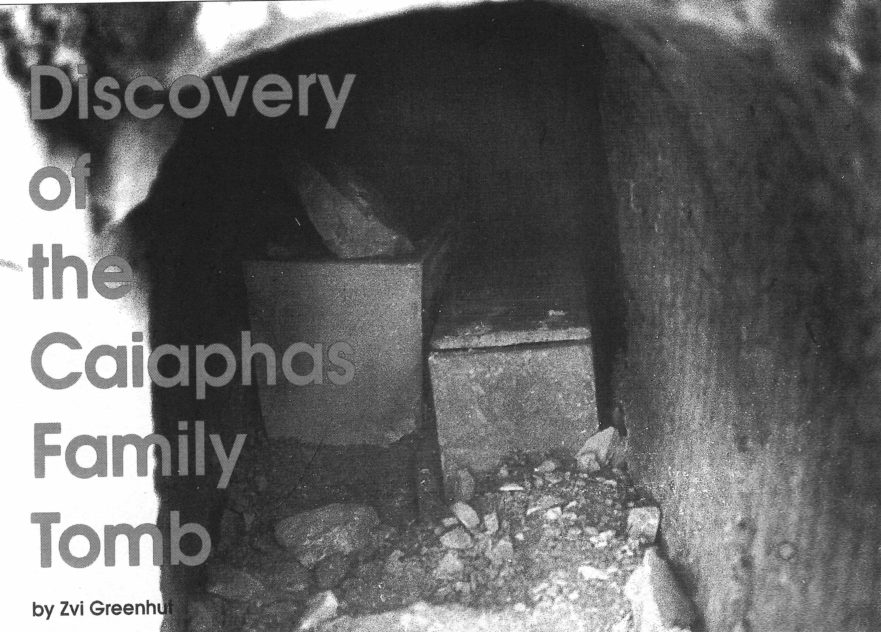
Many archaeological finds in Israel result from the chance uncovering of various ancient remains during the course of construction work. Some of these fortuitous discoveries prove to be of tremendous importance for understanding the history and archaeology of the land of Israel.
Ossuary Inscriptions from the Caiaphas Tomb
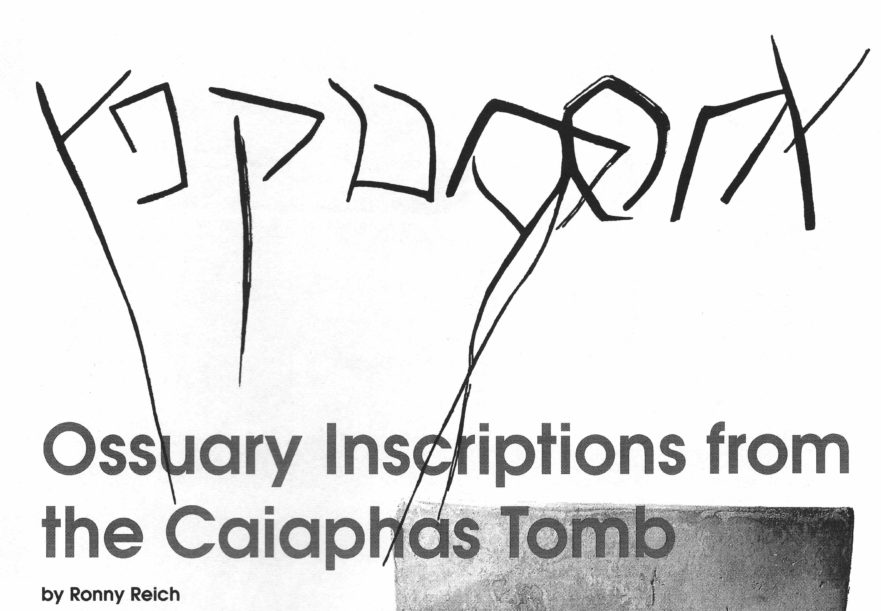
The ossuary inscriptions found in the Caiaphas tomb point to the fact that the name Caiaphas in its Aramaic version was in daily use in the middle of the first century C.E.

